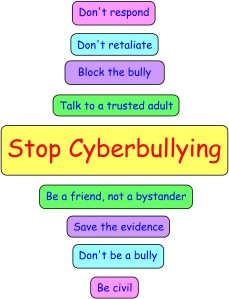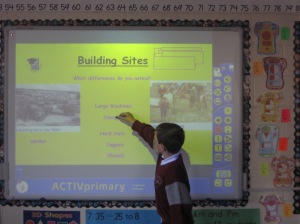Stand up and speak out!
What is Cyberbullying?
“Cyberbullying is using technology to deliberately and repeatedly bully someone. It can happen to anyone, anytime, anywhere and can leave you feeling unsafe and alone.” Commonwealth of Australia ( 2013)
What does cyberbullying include?
- Abusive texts and emails
- Posting unkind messages or images
- Imitating others online
- Excluding others
- Inappropriate image tagging
- Inappropriate discussions
Below is a short clip of an example of cyberbullying
As a future educator I have become aware of how important it is to educate students on the effects bullying and cyberbullying has on people. With the internet developing and improving each year, new social networks are created, for example, Facebook. Some victims can’t escape the bullying even when they leave home.
Educating students about the harms of cyberbullying is extremely important. Being aware of the dangers and effects of cyberbullying will prevent it from happening. It is an important
Below is link to a twitter page; End Cyberbullying
According to the Commonwealth Government (2013) research has been proven that students will avoid reporting cyberbullying incidents to parents or teachers as they feel fear that adult intervention will make the situation worse.
Below are five points of the similarities of face to face and cyberbullying. Commonwealth Australia (2013)
http://www.cybersmart.gov.au/Home/Schools/Cyber%20issues/Cyberbullying.aspx (schools, cyberbullying)
- it can give the person doing the bullying a sense of being anonymous, so they may behave in ways they wouldn’t offline
- it can occur 24/7 and be difficult to escape
- it is invasive, impacting students’ social worlds at school and home, online and offline
- it can have a large audience—readily shared with groups or posted on public forum
- it is very difficult to delete bullying comments and images.
There are professionals available to help to combat cyberbullying; Kids Help Line and The Cloud are helplines, free for students to contact when in desperate need.
It is important teachers and parents understand that the internet has become a crucial part of a child’s education and lifestyle. Therefore, parents need to be aware of their child’s online activity and understand the effects bullying has had on youth culture thus far.

Reference List:
Commonwealth of Australia. (2013). Cybersmart. Retrieved from http://www.cybersmart.gov.au/Teens.aspx







